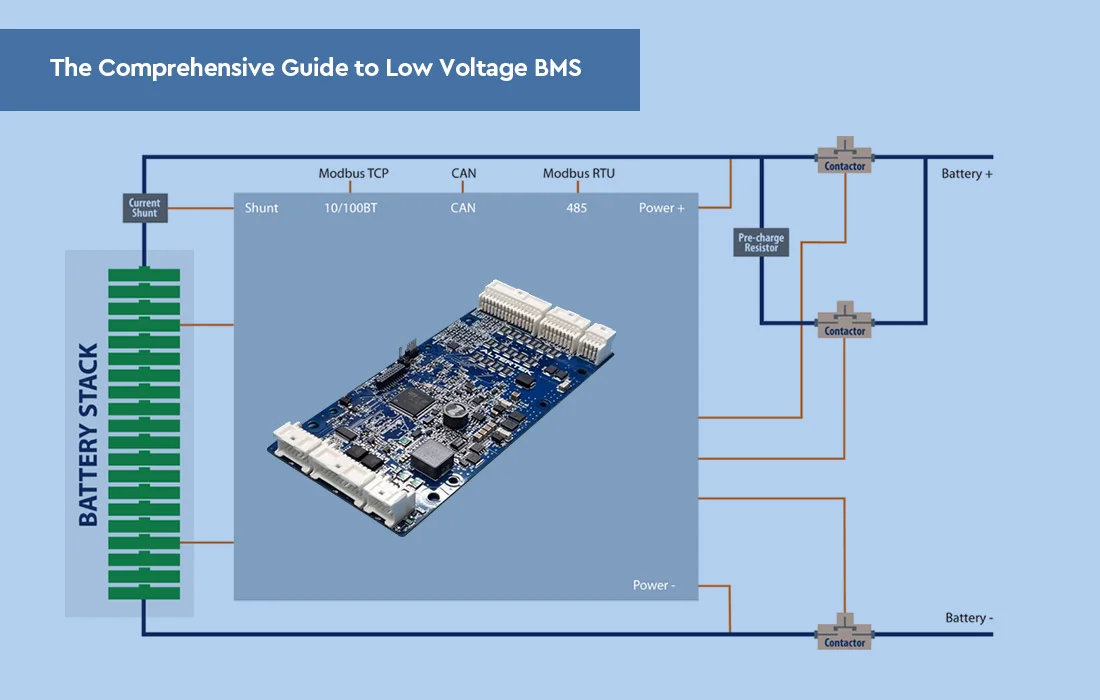Battery SOP optimization(i.e., battery discharge and charging strategies) in an energy storage system is key to improving energy efficiency, extending battery life, and reducing operating costs. The following are some of the commonly adopted strategies:
1. Charge management: According to the battery’s charge status, rationally control the charging and discharging of the battery to avoid overcharging or over-discharging, in order to protect the battery’s life and performance.
2. Load management: According to the power demand and load conditions, the power is reasonably distributed to optimize the battery’s discharging and charging process. For example, the battery can be charged during the low power demand period and discharged during the peak power demand period.
3. Temperature control: Battery performance and life are greatly affected by temperature. Therefore, measures need to be taken to control the temperature of the battery, to avoid high or low temperatures on the battery producing adverse effects.
4. Health status monitoring: Regularly check the health status of the battery, including battery voltage, current, temperature, and other parameters, as well as battery capacity and cycle life, and other indicators. According to the monitoring results, corresponding measures can be taken to maintain and replace the battery.
5. Charging and discharging strategy optimization: According to different application scenarios and demands, different charging and discharging strategies can be adopted. For example, fast charging technology can be used to shorten the charging time, or optimization algorithms such as the gradient descent method can be used to dynamically adjust the charging and discharging process.
6. Energy management: The SOP of the battery is optimized through energy management software to achieve more efficient energy use. For example, charging and discharging times can be rationally scheduled according to fluctuations in electricity prices to reduce operating costs; or charging or discharging operations can be carried out in advance by predicting the weather and power demand to maximize the efficiency of energy utilization.
In summary, battery SOP optimization in energy storage systems requires comprehensive consideration of a variety of factors, including power, load, temperature, health status, charging and discharging strategies, and energy management. By adopting appropriate measures and management strategies, the energy efficiency of energy storage systems can be significantly improved, battery life can be extended, and operating costs can be reduced.




